Top 6 foods to try in Crete
Crete stands free of mainland Greece, complex and proud with wild, mountainous terrain and a strong traditional culture. Cretan cuisine is renowned both in Greece and internationally for its unique ingredients and flavours. Based on simple techniques, it’s the variety of local produce that distinguishes the dishes: mountain herbs and greens, bulbs, unique cheeses, fresh fish, the famous Cretan oil, and raki a bracing grape brandy.
1. Cretan Cheeses
It seems that almost every Cretan village has its own signature cheese. They are usually made from sheep or goat’s milk, or a combination of both and each cheese variety has its local interpretation. Of the legion of delicious cheeses, look for graviera, a harder cheese that’s sweeter when new, but nutty and flavourful after aging. Soft, creamy cheeses, abound like pichtogalo Chanion, which has AOC protection, or myzithra, a young whey cheese with a lovely mild taste.

2. Dakos
The ever-popular dakos is known by regional names throughout Crete…some call it koukouvagia (literally ‘owl’); in the east they call it kouloukopsomo (literally ‘puppy bread’). What is it? A fantastic Greek meze or salad reminiscent of bruschetta, but based on barley rusks or paximadi, not on bread. The rusks are lightly soaked in water or olive oil to soften them, and then they are topped with grated fresh tomato and myzithra, the creamy sheep or goat’s milk cheese. They are then drizzled with Cretan virgin olive oil and dusted with salt, oregano, pepper.
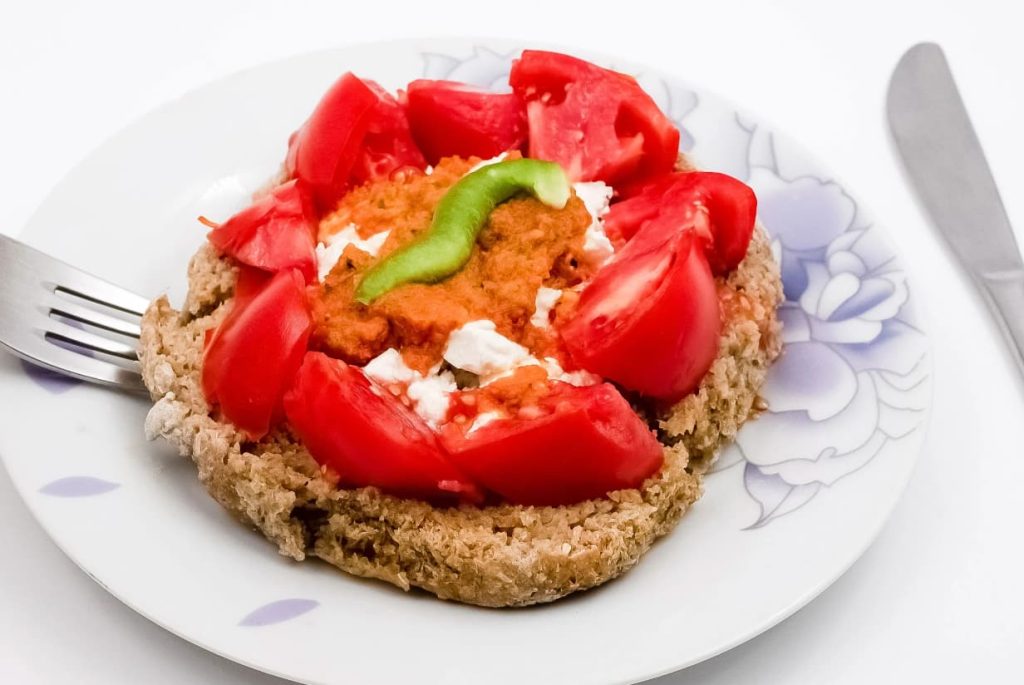
3. Fried snails (Chochlioi boubouristi)
It’s not only the French who treat snails as a delicacy. In fact, snails have been eaten for millennia. In the Cretan dialect chochlios means snail, and in this dish they are fried with flour and hot olive oil in a pan, then doused with wine (or vinegar), and voila, ready to serve. Some like to add a dash of wild rosemary. Locally, women collect the snails by hand and the creatures are cooked up live.
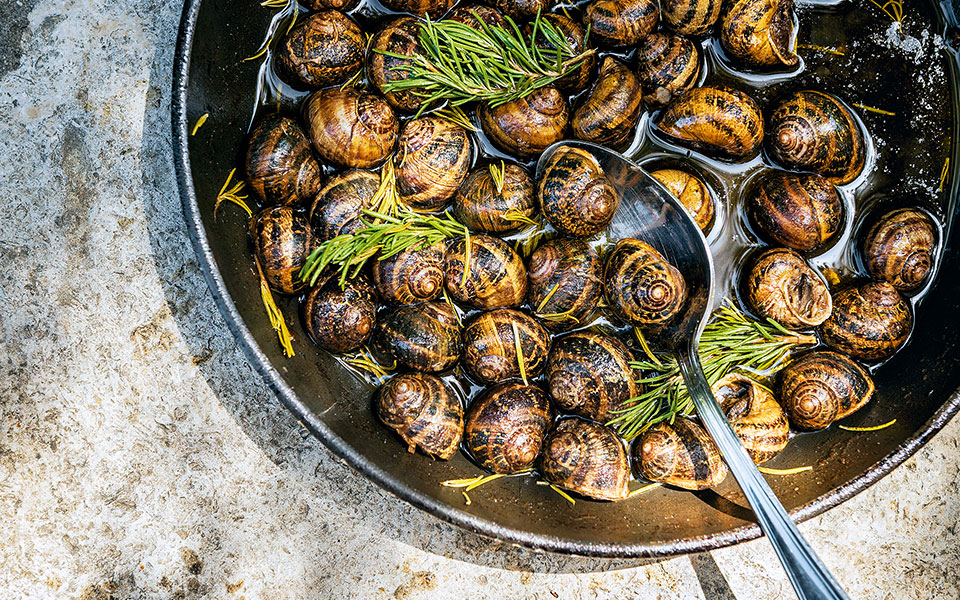
4. Cretan Cheese Pies (Kaltsounia)
These small pies may look like the multitude of cheese pies you’ll encounter throughout Greece, but these are unique! To start, handmade pastry dough is a must, usually shaped into tiny cups. The fillings vary – every region and often each household has its favourite. They tend toward the sweet, and count on any number of those luscious Cretan cheeses, like myzithra or malaka, but not feta. We like the ones that incorporate a hint of rosewater. The final touch is Cretan honey on the top, making the pies a heady combination of sweet and savoury.
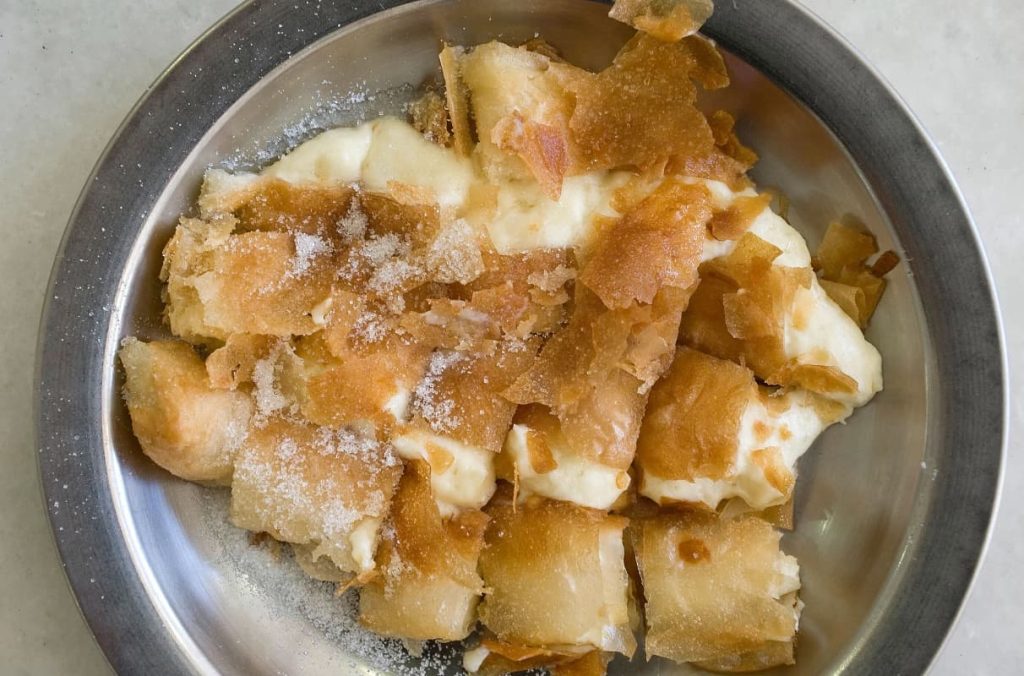
5. Lamb with stamnagathi
It’s not only the French who treat snails as a delicacy. In fact, snails have been eaten for millennia. In the Cretan dialect chochlios means snail, and in this dish they are fried with flour and hot olive oil in a pan, then doused with wine (or vinegar), and voila, ready to serve. Some like to add a dash of wild rosemary. Locally, women collect the snails by hand and the creatures are cooked up live.
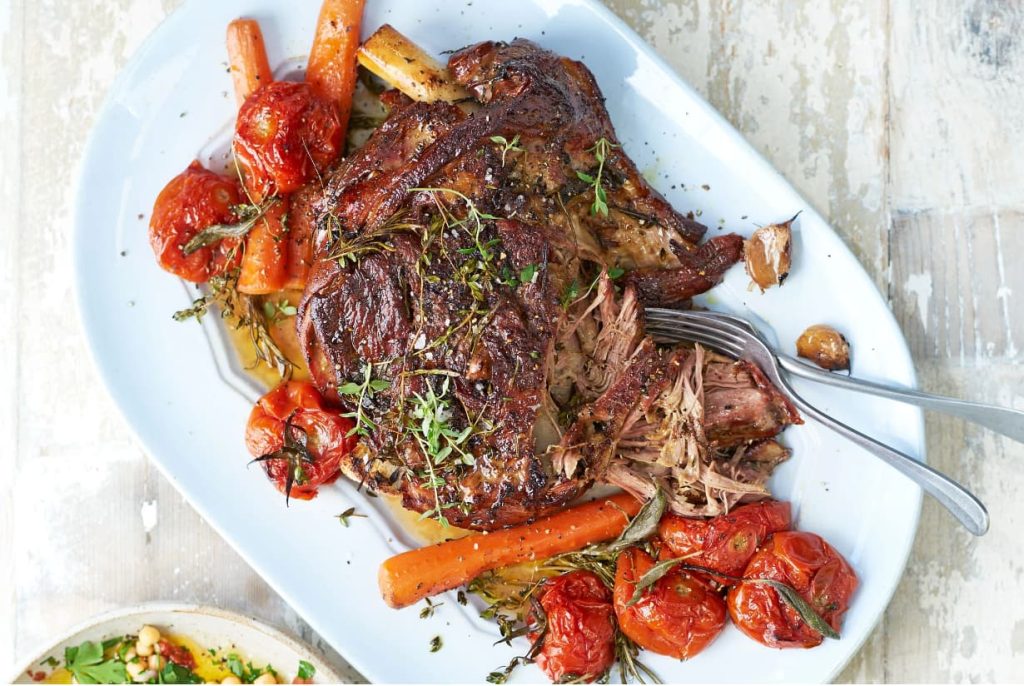
6. Gamopilafo
It’s not only the French who treat snails as a delicacy. In fact, snails have been eaten for millennia. In the Cretan dialect chochlios means snail, and in this dish they are fried with flour and hot olive oil in a pan, then doused with wine (or vinegar), and voila, ready to serve. Some like to add a dash of wild rosemary. Locally, women collect the snails by hand and the creatures are cooked up live.
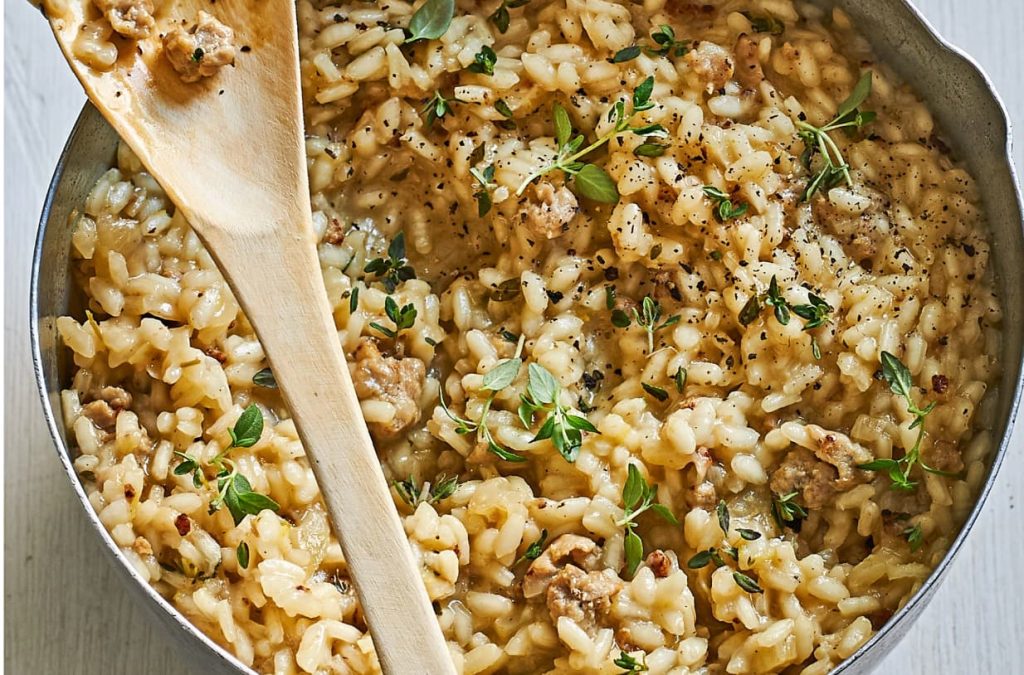
7. Cretan Brandy (Raki or Tsikoudia)
In the fall, after the grape harvest, you will find villagers all around Crete carefully tending open fires under copper stills. They are making raki, the welcome pomace brandy distilled from grapes, which you will find served in every Cretan taverna and kafeneio (coffee house). The local version of tsipouro (which you find throughout the rest of Greece), raki is called tsikoudia in parts of Crete, and is drunk from shot glasses, with no water added. Not to be confused with ouzo, raki has no anise or any other herbs. People usually pair their raki with mezes, olives or barley rusks and drink it neat (sketo)!


Leave a Reply